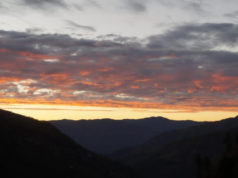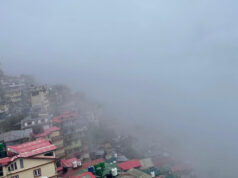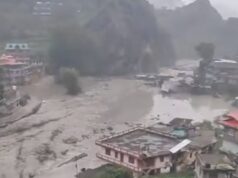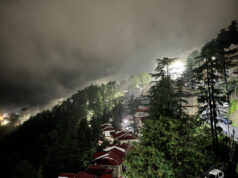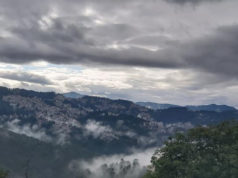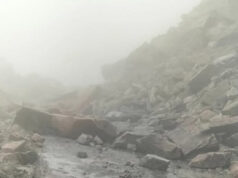Himachal Pradesh is experiencing an unprecedented heat wave, with temperatures reaching record highs. On Wednesday, Una and Neri in Hamirpur recorded maximum temperatures of 46.0 and 46.3 degrees Celsius, respectively, the highest ever in the state’s history.
This extreme heat has broken long-standing temperature records across the region. In Dharamsala, the temperature hit 38.3 degrees, surpassing the previous record of 38.6 degrees set in 1988. Similarly, Shimla, known as the Queen of Hills, saw temperatures rise to 31.7 degrees, just shy of the 31.9 degrees recorded in May 2012. Kangra and Solan also experienced their highest temperatures since 2012, with Kangra reaching 41.6 degrees and Solan 38.0 degrees.
The intense heat has affected nine of the state’s twelve districts, including Bilaspur, Hamirpur, Kullu, Mandi, Una, Kangra, Sirmaur, Solan, and Shimla. While Chamba, Lahaul-Spiti, and Kinnaur have also seen rising temperatures, they have not yet reached heat wave conditions.
Historically, the highest temperature recorded in Una was 45.2 degrees in May 2013, June 2005, and June 2019. However, the new record of 46 degrees set on Wednesday has surpassed all previous records, marking a significant milestone in the state’s climate history.
The meteorological department has issued a yellow alert for Thursday, warning of continued heat wave conditions in the plains and low-altitude areas. Relief from the oppressive heat is expected as a western disturbance is predicted to become active from May 30, bringing rain and thunderstorms to various parts of the state from May 30 to June 4.
In addition to the soaring maximum temperatures, minimum temperatures have also been rising steadily, contributing to the overall discomfort and strain on the population and infrastructure.
As Himachal Pradesh endures this severe heat wave, residents are advised to take precautions, stay hydrated, and avoid outdoor activities during peak heat hours. The forthcoming weather changes bring hope for some respite from the extreme temperatures that have gripped the region.


